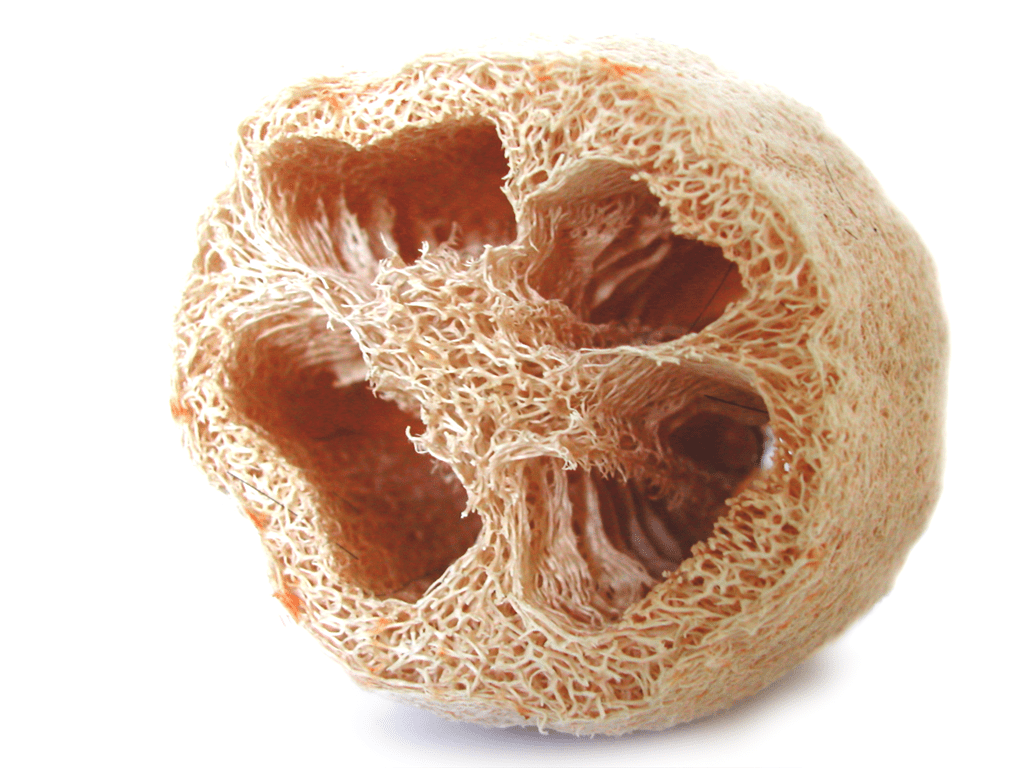Providing access to safe water is becoming a global challenge due to the expansion of industrialization, growth of the population and contamination of freshwater sources. Seeking possible solutions, researchers at Princeton University have now created a gel that could purify water quickly and at a low cost, powered just by the heat of the sun.

Xiaohui Xu and her colleagues are calling their new invention a loofah-inspired solar absorber gel, as it’s inspired by the dried core of the loofah fruit. It cleans up contaminated water by absorbing it and releasing it and it could one day provide clean water in developing countries that don’t have reliable access to electricity, they said.
The hydrogel has porous holes similar to the ones found in a loofah, which the researchers were able to create by adding ethylene glycol (a substance used when creating polyester fibers) during the manufacturing process. As it only absorbs water and not contaminants such as oil or microplastics, the released water is purified.
A solution to polluted water
Researchers have previously suggested using temperature-responsive hydrogels to purify water. But conventional gels can’t generate clean water fast enough to meet people’s daily water needs due to their closed-off pores. That doesn’t happen with natural loofahs, which have large, open and interconnected pores, Xiaohui Xu said.
The new hydrogel is made from a polymer known poly(N-isopropyl acrylamide, or PNIPAm – a heat-sensitive material that goes from hydrophilic to hydrophobic (from attracting to repelling water) when heated. This allows the gel to release most of the water in minutes. During this process, large and small contaminants are trapped in the material’s polymer matrix.
The researchers tested it using artificial light equivalent to the power of the sun. It absorbed water at room temperature and, when heated, released 70% of the water in 10 minutes – four times more than other absorber gels. With less light, replicating cloudy skies, it took 15 to 20 minutes for the material to release a similar amount of water.
They also tested it on samples with microplastics, organic dyes, heavy metals, or oil, among other contaminants. Every time, the gel made the water substantially cleaner. For example, the gel absorbed water with around 40 parts per million (ppm) chromium and then released water with less than 0.07 ppm chromium – the allowable limit for drinking water.
The material could then be an efficient solution to purify water in parts of the world without the infrastructure to sanitize large amounts of water for drinking, the researchers told Inverse. They would like first to develop a small version for family use at home but are also thinking on a larger scale, with the possibility of doing the same at an industrial level.
Currently, 4.5 million people live near impaired water sources. In the US there are 70,000 polluted water bodies, for example. The health issues around consuming polluted water go from gastrointestinal illness to neurological disorders, with, for example, 1.5 million people dying from diarrhea every year caused by drinking unsafe water.
The story was published in the journal ACS Central Science.









